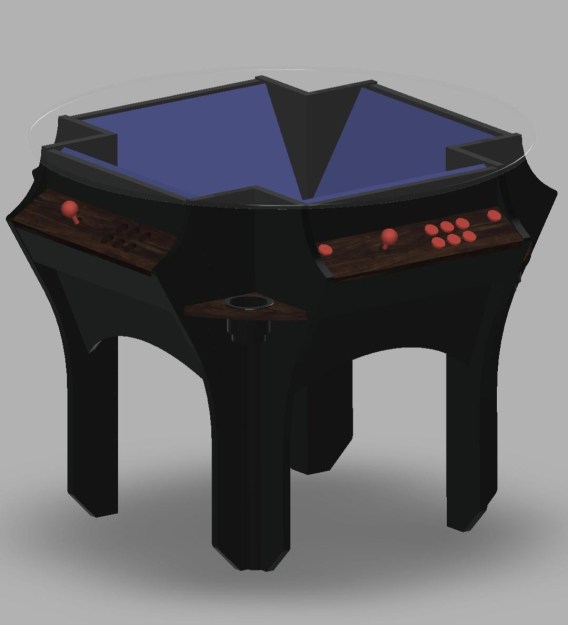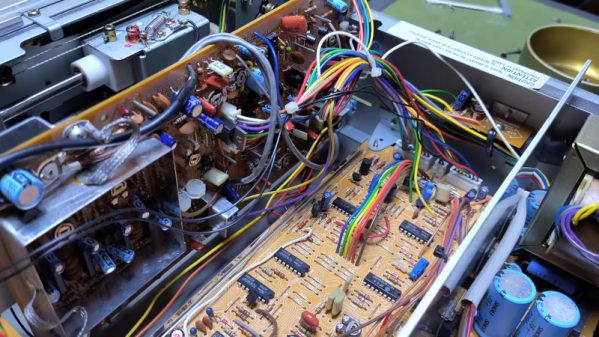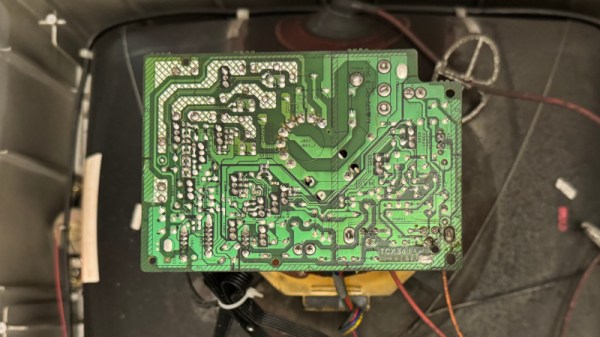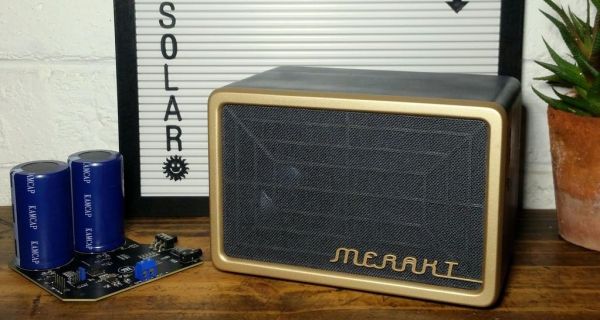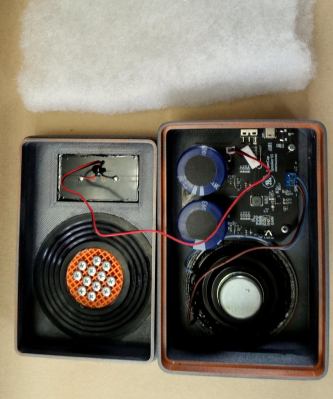“They just don’t build ’em like they used to” is a truer statement every year. Whether your vice is CRTs, film cameras, or tape decks, you’ll know that the very best gear simply isn’t manufactured anymore. Even the day-to-day stuff from 60 years ago is often a cut above a lot of today’s equipment. [Anthony Kouttron] shows us this with his teardown of a Tandberg TCD301 from many decades ago.
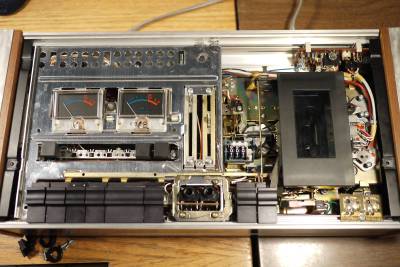 The Tandberg unit is beautifully finished in wood and metal, a style of construction that’s fairly rare these days. It’s got big, chunky controls, and a certain level of heft that is out of vogue in modern electronics. Heavy used to mean good — these days, it means old. That’s not to say it’s indestructible, though. It’s full of lots of old plastic pulleys and fasteners that have aged over the decades, so it’s a little fragile inside.
The Tandberg unit is beautifully finished in wood and metal, a style of construction that’s fairly rare these days. It’s got big, chunky controls, and a certain level of heft that is out of vogue in modern electronics. Heavy used to mean good — these days, it means old. That’s not to say it’s indestructible, though. It’s full of lots of old plastic pulleys and fasteners that have aged over the decades, so it’s a little fragile inside.
Still, [Anthony] gives us a great look at the aluminium chassis and buttons and the electromechanical parts inside. It’s a rats-nest design with lots of discrete components and wires flying between boards. You couldn’t economically produce this and sell it to anyone today, but this is how it was done so many years ago.
This non-functional unit ended up being little more than a salvage job, but we’re still glad that [Anthony] gave us a look inside. Still, if you long for more cassette-themed teardowns, we’ve got the goodness you’re looking for!



